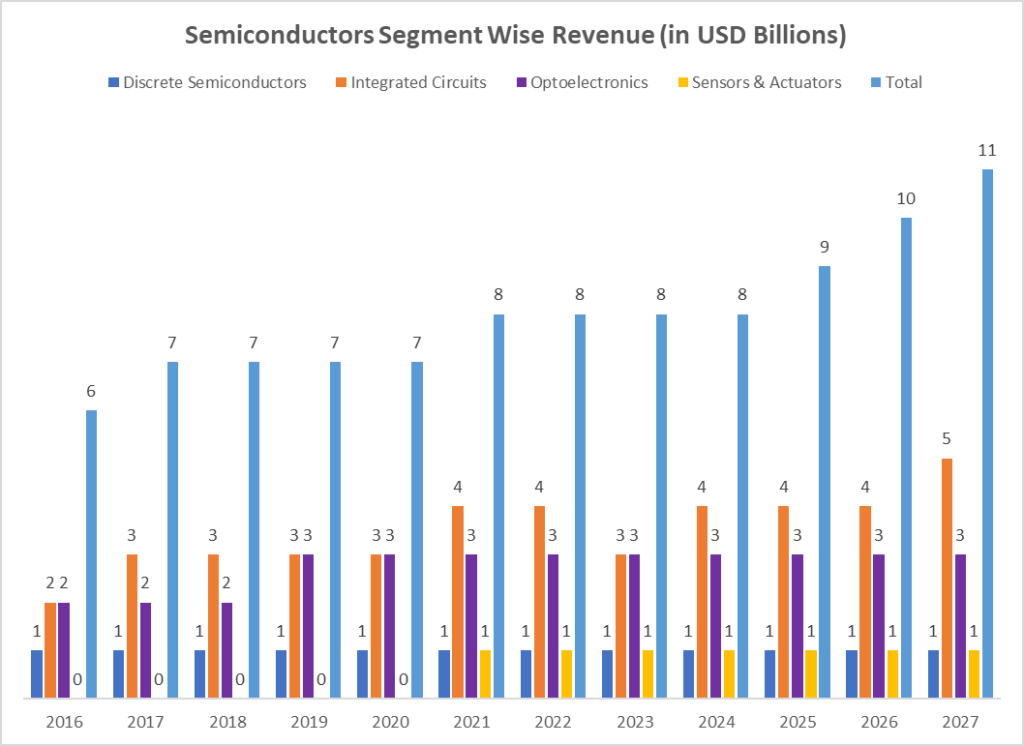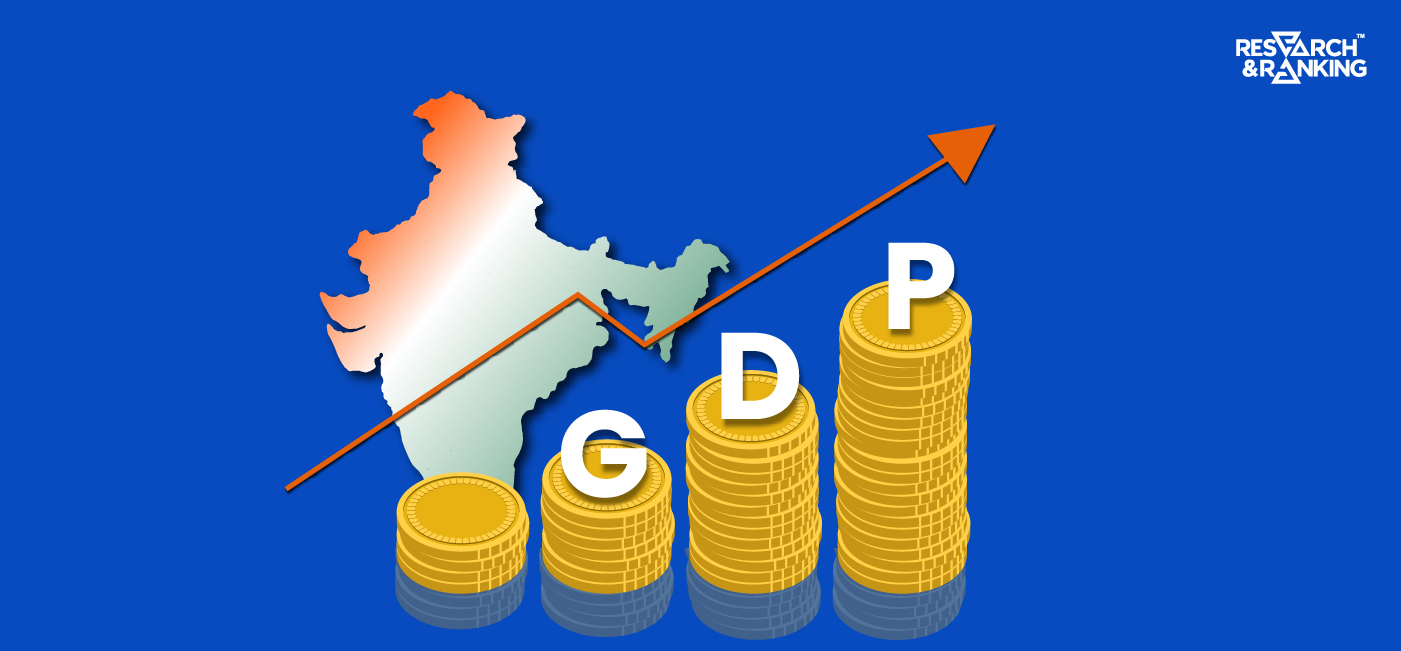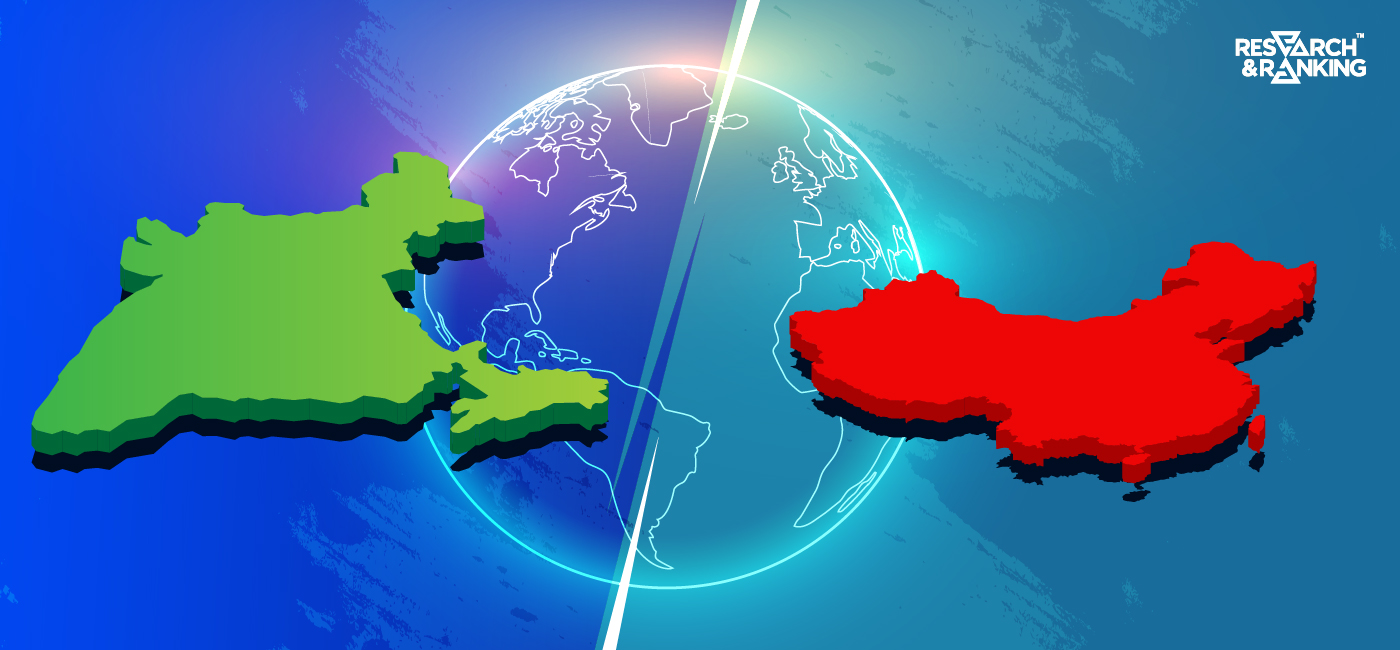Chandrayaan 3 Setting Records For India and more
What makes the success a moment to celebrate is that India becomes the fourth country after the US, China, and Russia to soft-land a craft on the Moon. Furthermore, India is the first nation to successfully land an unmanned craft on the south pole of the Moon. Chandrayaan 3’s landing date and time will not be just another memorable date in history but will take the Indian economy a couple of notches higher.
To add to the achievements, Chandrayaan 3’s Vikram Lander has already surpassed its mission objectives with a successful hop experiment. Furthermore, the rover Pragyaan has completed all the assignments. Pragyaan and Vikram are set to ‘Sleep’ mode and awaken on 22 September 2023 after bracing the cold lunar night.
Impact of India’s successful Chandrayaan 3 Moon Mission
The success of Chandrayaan 3 has increased the credibility of India’s space program and has the potential to impact the Indian economy positively. The success is not just a proud moment, but it has proved to the world the scientific and technological advancement made by the country.
Here are some of the ways this mission can impact the Indian economy:
1. Creating Job opportunities in Space tech
India’s successful Chandrayaan 3 mission has given the Indian space tech sector the boost it deserves and attracted potential investments. This mission has demonstrated the country’s capabilities in space exploration.
According to a study published in December 2022 by IBEF, India contributes to about 2.1% of the global space economy. It has a market share of $9.6 billion, which comprises about 0.4% of the country’s total GDP.
2. Increasing Opportunities for Startups
The landing of Chandrayaan 3 has opened up many opportunities for startups involved in sectors like aerospace, space tech, defense, and research and development. This significant event will encourage private investment in these startups, positively impacting the country’s economic growth. In June 2023, Google invested in Pixxel Overall, a Benguluru-headquartered space-tech startup, by leading the USD 36 million Series B funding round.
According to the Economic Survey, Indian startups in this industry have grown to over 101 startups in 2022. They have received funding of around USD 108.52 million in 2022 from just 67.2 million in 2021 and are set to go up to USD 300 million in 2023.
3. Amplified focus on Space tech and infrastructure
The Chandrayaan 3 mission called for developing the most advanced technology and equipment, in addition to innovation in the scientific sector. The investment made in research and development for this mission has finally borne fruit. It has led to advancements in various sectors, like satellite technology, remote sensing equipment, and propulsion systems.
This mission has made India an essential global satellite launch market player. In 2020, the Indian Space Sector was valued at USD 9.6 billion and contributes 2%-3% of the global space economy. India’s global space economy share could reach 4% at 9.2% CAGR (2022-2040).
4. Foster Education
The Chandrayaan 3 mission has played a vital role in encouraging education and research in this area, inspiring students to pursue a career in the space sector. The ISRO STEM portal offers several activities related to space, technology, and its application. ISRO also provides training programs on assembling and building nanosatellites, known as UNNATI (UNispace Nanosatellite Assembly & Training by ISRO), to international students, engineers, or scientists.
5. Growth of the Research & Development sector
It has pushed academic institutions and research organizations to partner with ISRO on space research and its related areas. ISRO has formed working groups with other space agencies to explore cooperation areas in space science. For instance, the ISRO-NASA Planetary Science Working Group, the ISRO-NASA Heliophysics Working Group, and the ISRO-ASI in Heliophysics and lunar science.
It also will meet the representatives from ESA, NASA, SANSA, CONAE, CSA, CNES, and the Russian Academy of Sciences (RAS). These partnerships will have a long-term impact on the Indian economy as they fuel innovation and drive technological advancements in multiple sectors.
ISRO has established nine Space Technology Cells (STC) at top-ranking institutions like the Indian Institute of Science (IISc), Bengaluru, the Indian Institute of Technology (IITs) – Bombay, Kharagpur, Kanpur, Guwahati, Madras, Delhi, and Roorkee, and a Joint Research Programme with Savitribai Phule Pune University (SPPU, Pune) to conduct research activities in space technology and applications.
6. Augmenting the National Security
The Chandrayan 3 mission, accompanied by scientific and economic benefits, also bolsters the country’s national security efforts. The successful operation and launch of the mission have proved that India is capable of developing and managing complex space tech and space-based assets. This capability is crucial to inspecting the borders, identifying potential dangers, and ensuring national security.
7. International Collaborations
The Chandrayaan 3 mission has made India proud and enhanced its global status. The success of this mission has helped India get recognized in the international space community, bringing in opportunities for international collaboration and partnerships.
ISRO has signed six agreements with four countries for foreign satellite launches between 2021 and 2023. Commercially, these launches have the potential to generate USD 141 million in revenue.
8. Bolstering the India’s Soft Power
The Chandrayaan 3 mission has been able to enhance the nation’s soft power capabilities on a global scale. India’s achievements in space and space exploration have amassed admiration globally, aiding in reshaping the international perception of the country.
The Chandrayaan 3 landing date and time have not only given the country’s image a positive fillip but have boosted foreign collaborations and partnerships in scientific research and development.
- The space cooperation with France now includes areas like human spaceflight, space situational awareness (SSA), and Earth observation.
- The India-Japan (ISRO-JAXA) space cooperation focuses on satellite navigation, lunar exploration, and earth observation. The validity of IA for Agromet collaboration with JAXA has been extended until November 2025.
- The ISRO and European Space Agency (ESA) cooperation has expanded from the domain of earth observation and space exploration to other areas.
9. Entering the Moon economy
The Chandrayaan 3 mission has opened up the “moon or lunar economy” for India. This emerging sector is estimated to reach USD 13 billion by 2025. By 2030, India aims to capture a larger share of approximately 10% of the global economy. This can open up many business opportunities, technological developments, and valuable lunar exploration opportunities.
The Chandrayaan 3 mission has had a significant impact on the Indian economy. It has boosted the space technology sector and encouraged education, research and development, and innovation. This mission has put India on a pedestal in space exploration and propelled it to new heights in every aspect.
FAQs
What was the budget of the Chandrayaan 3 mission in Indian rupees?
The budget of Chandrayaan 3 was estimated to be around ₹615 crores.
How will the Chandrayaan 3 mission impact India?
The Chandrayaan 3 mission can enhance India’s position on the global map in space technology and exploration. It can also give the Indian economy a well-deserved uplift.
When was Chandrayaan 3 launched?
Chandrayaan 3 was launched on 14 July 2023. This mission consists of the lunar lander named ‘Vikram’ and the lunar rover named ‘Pragyan.’


















